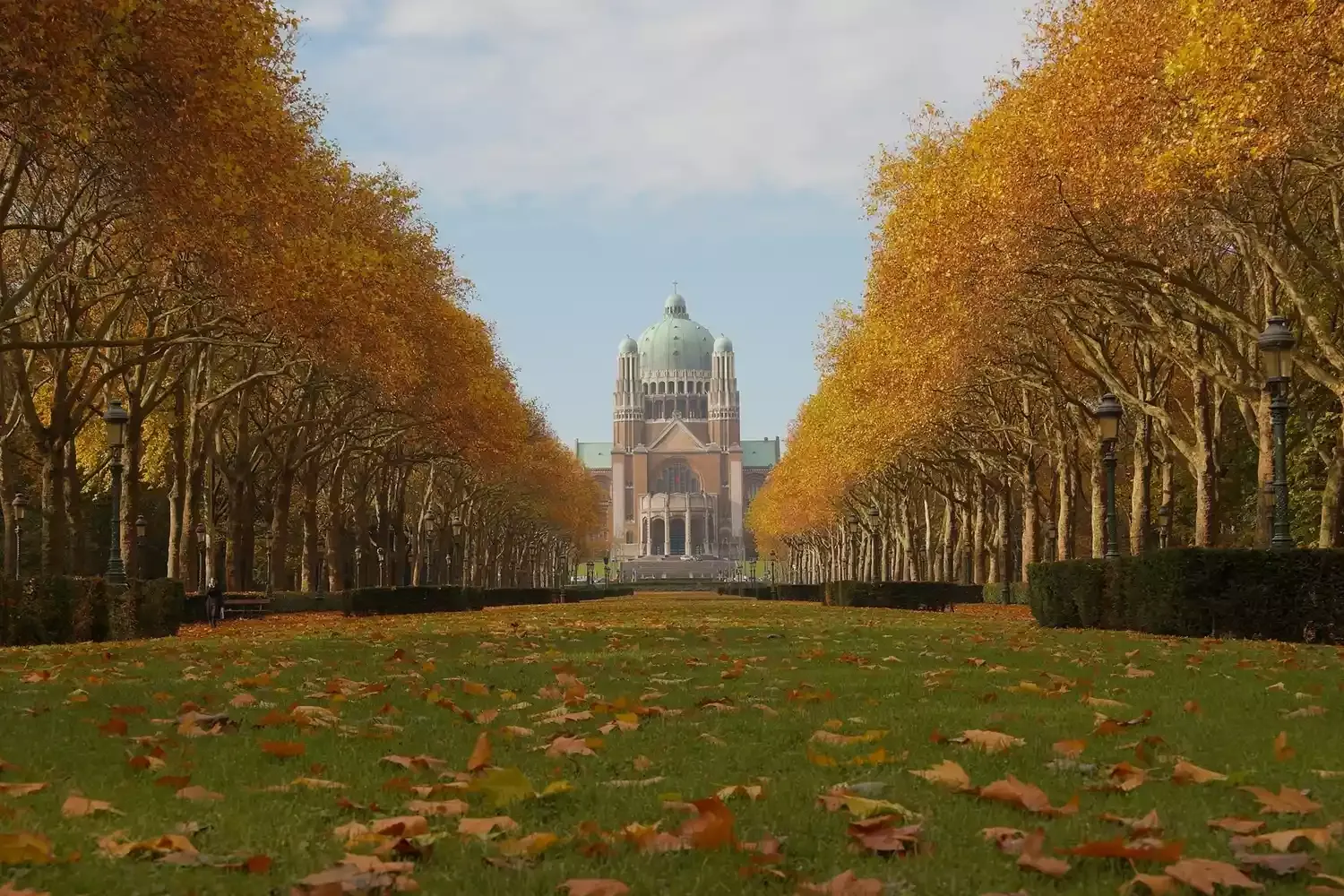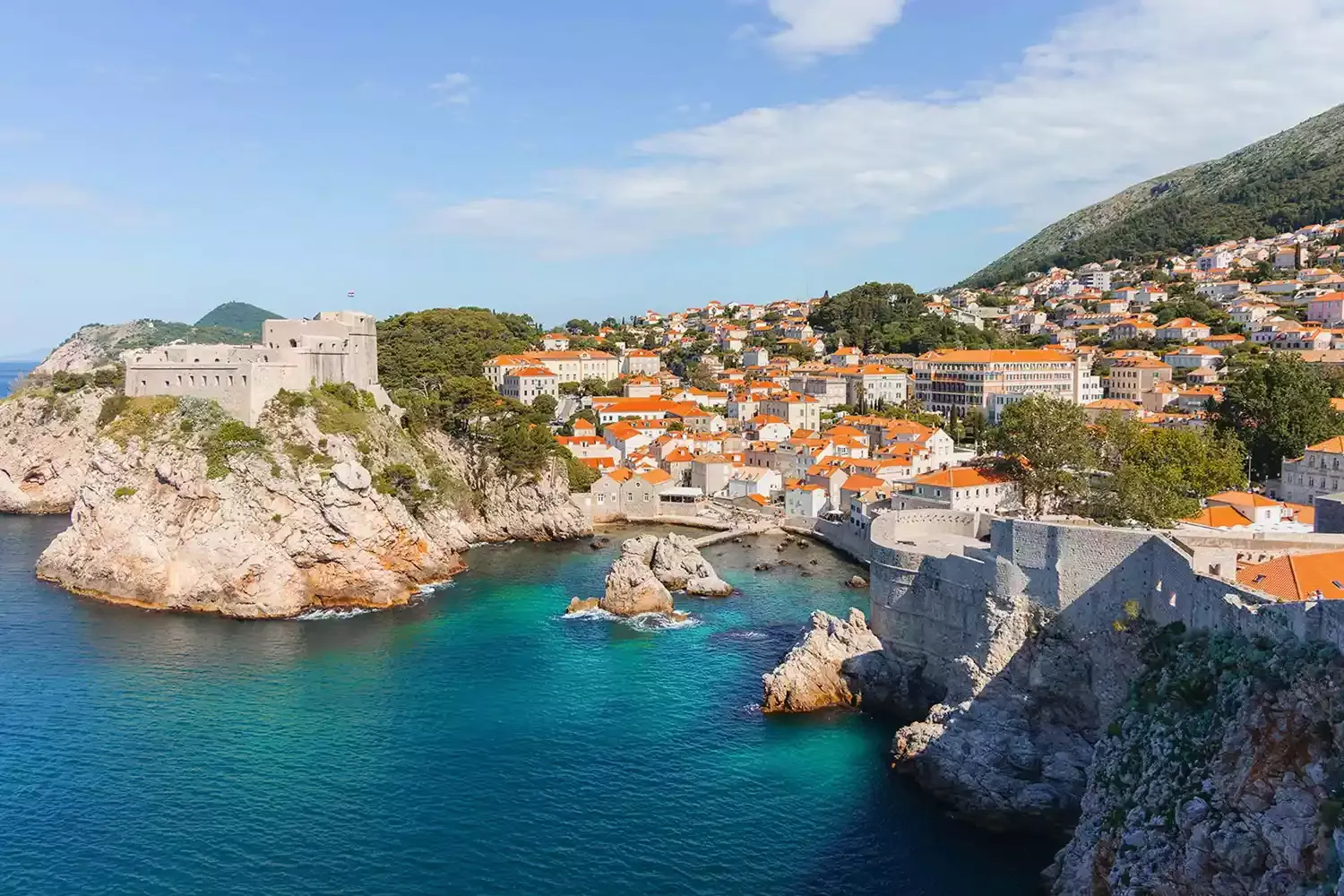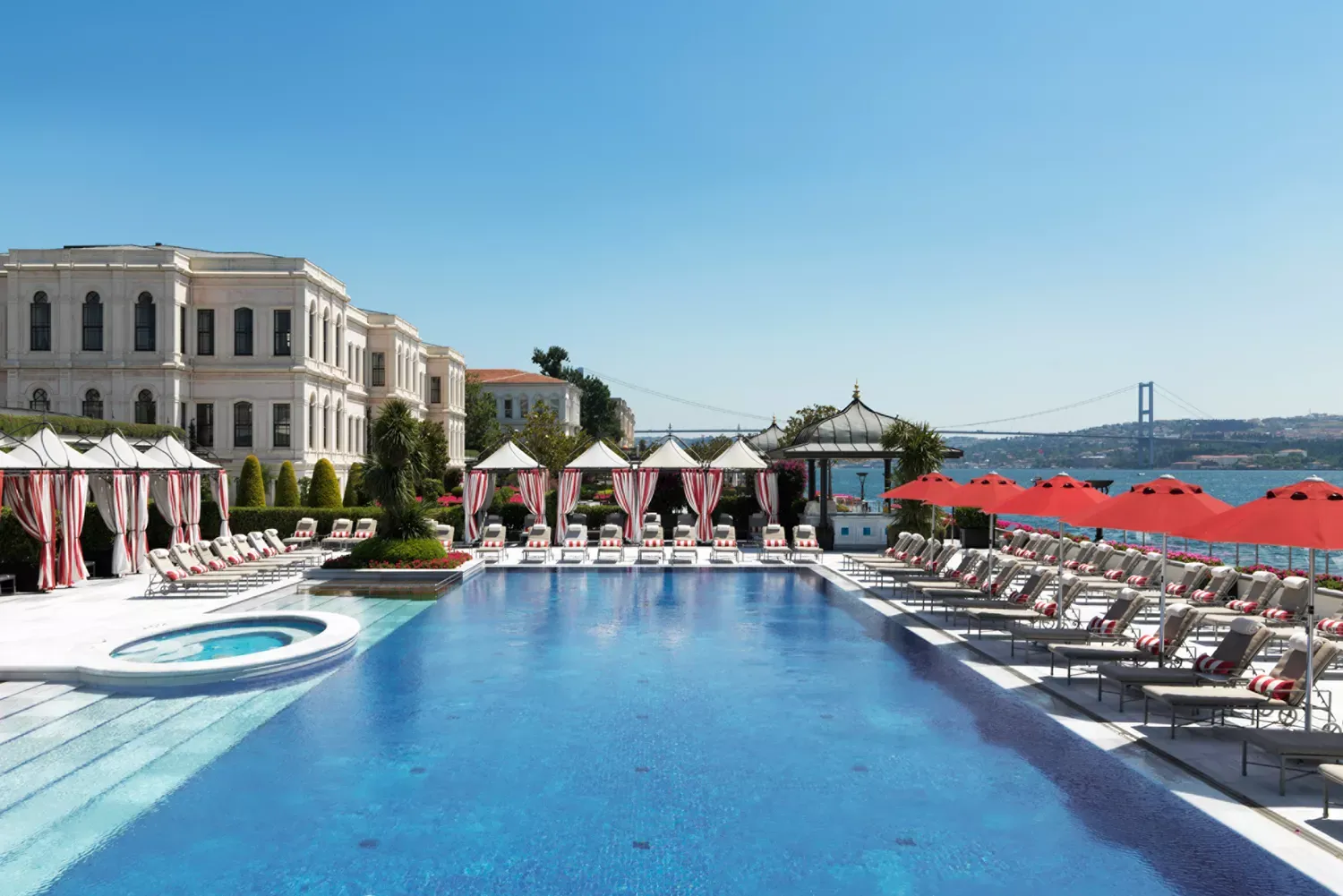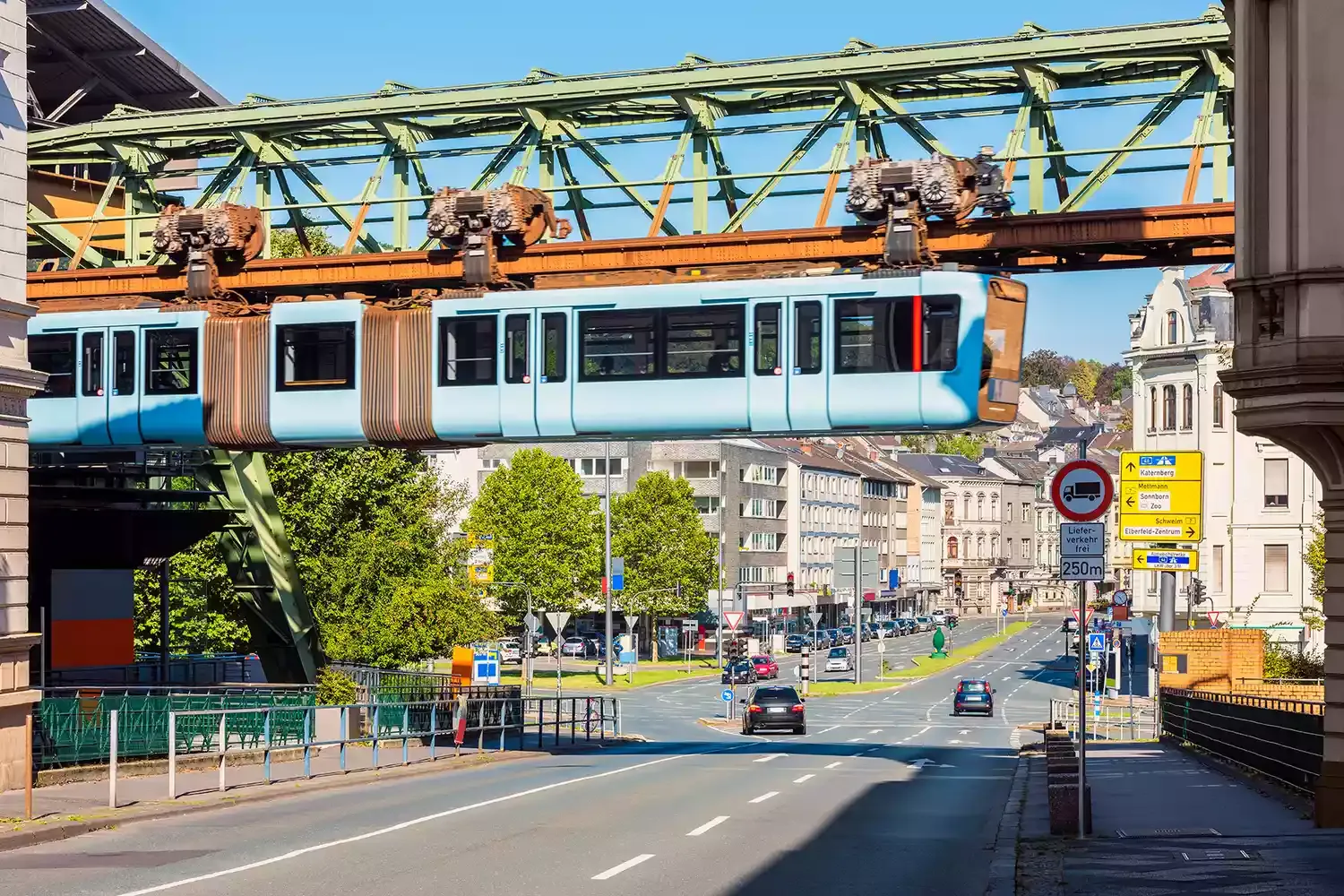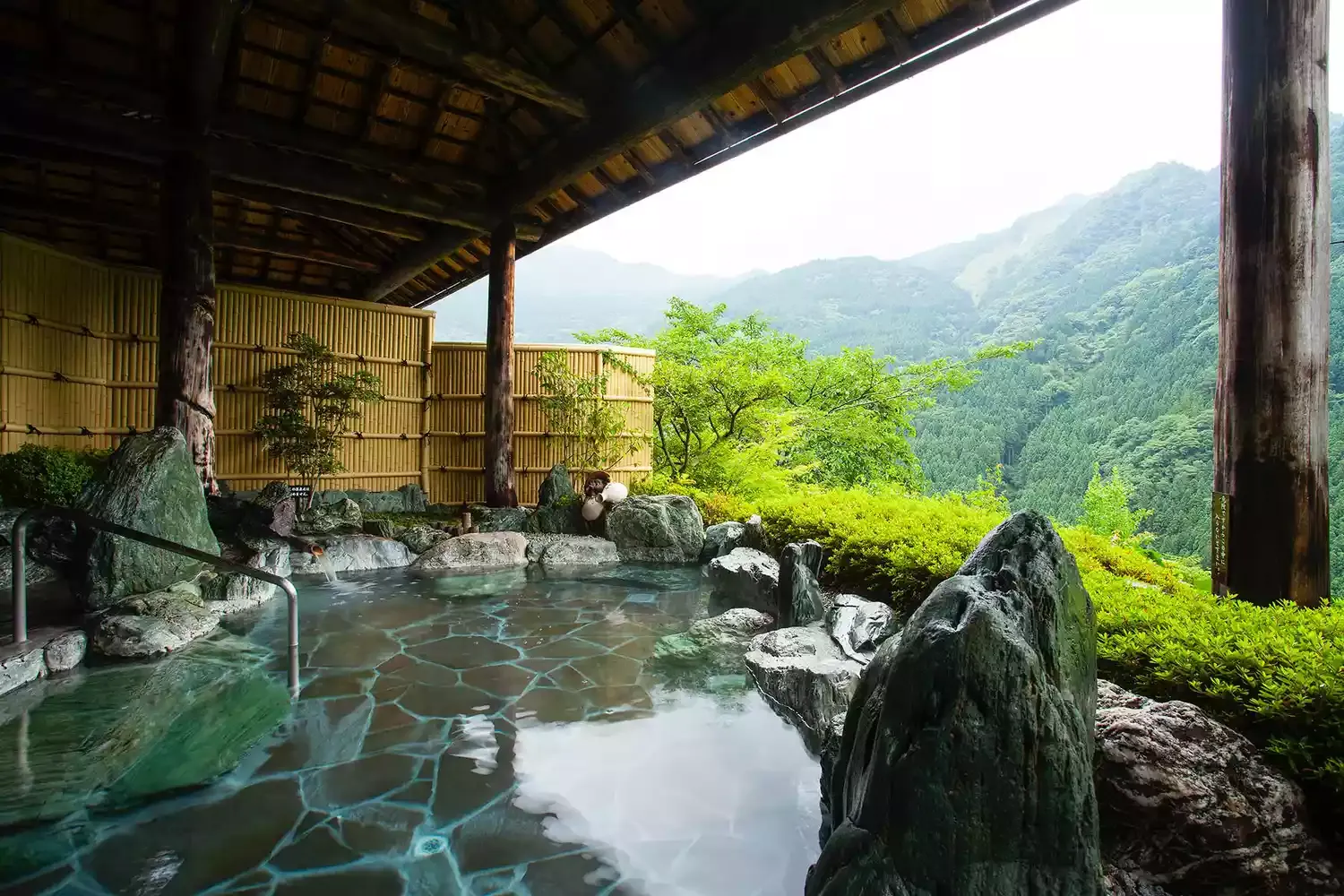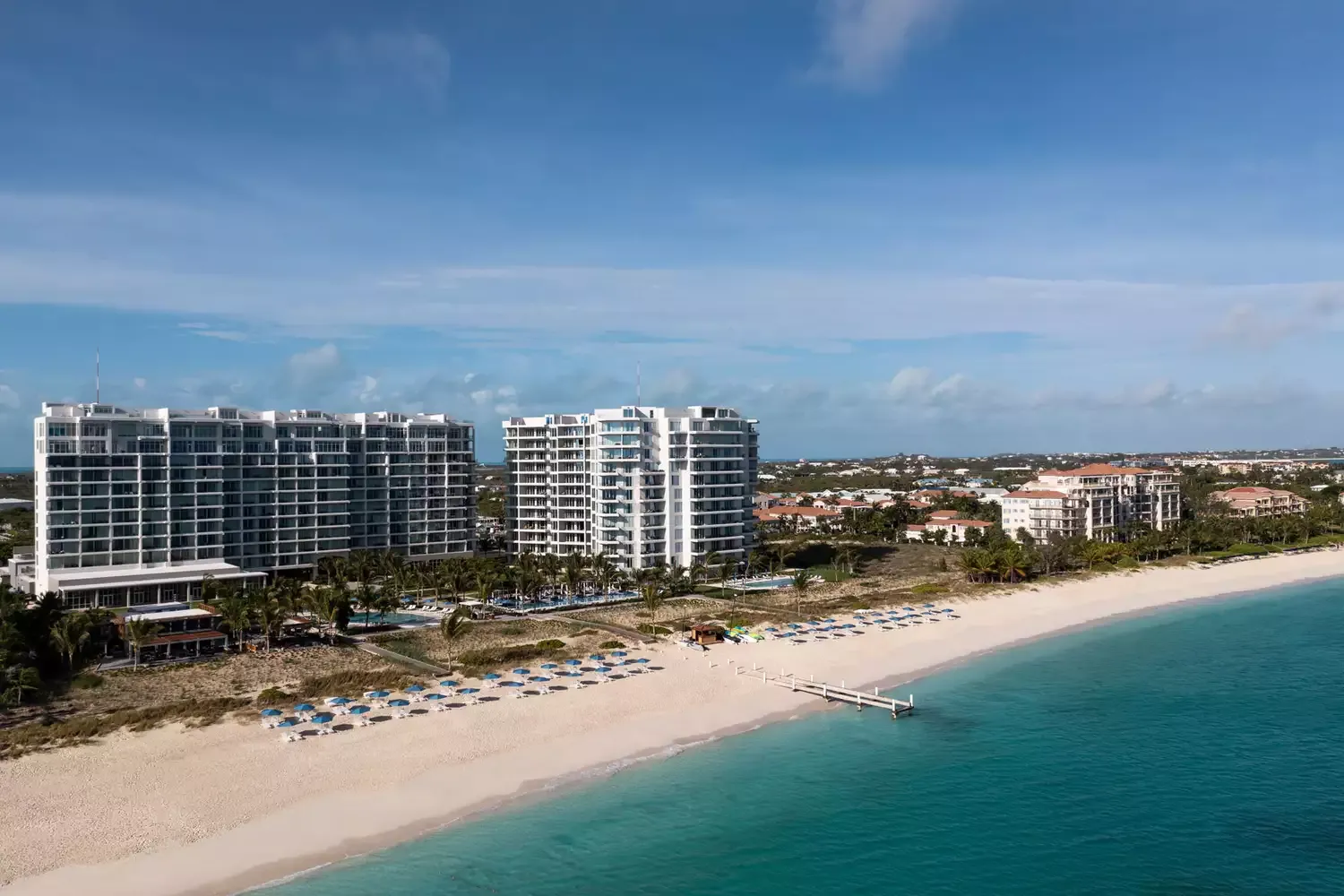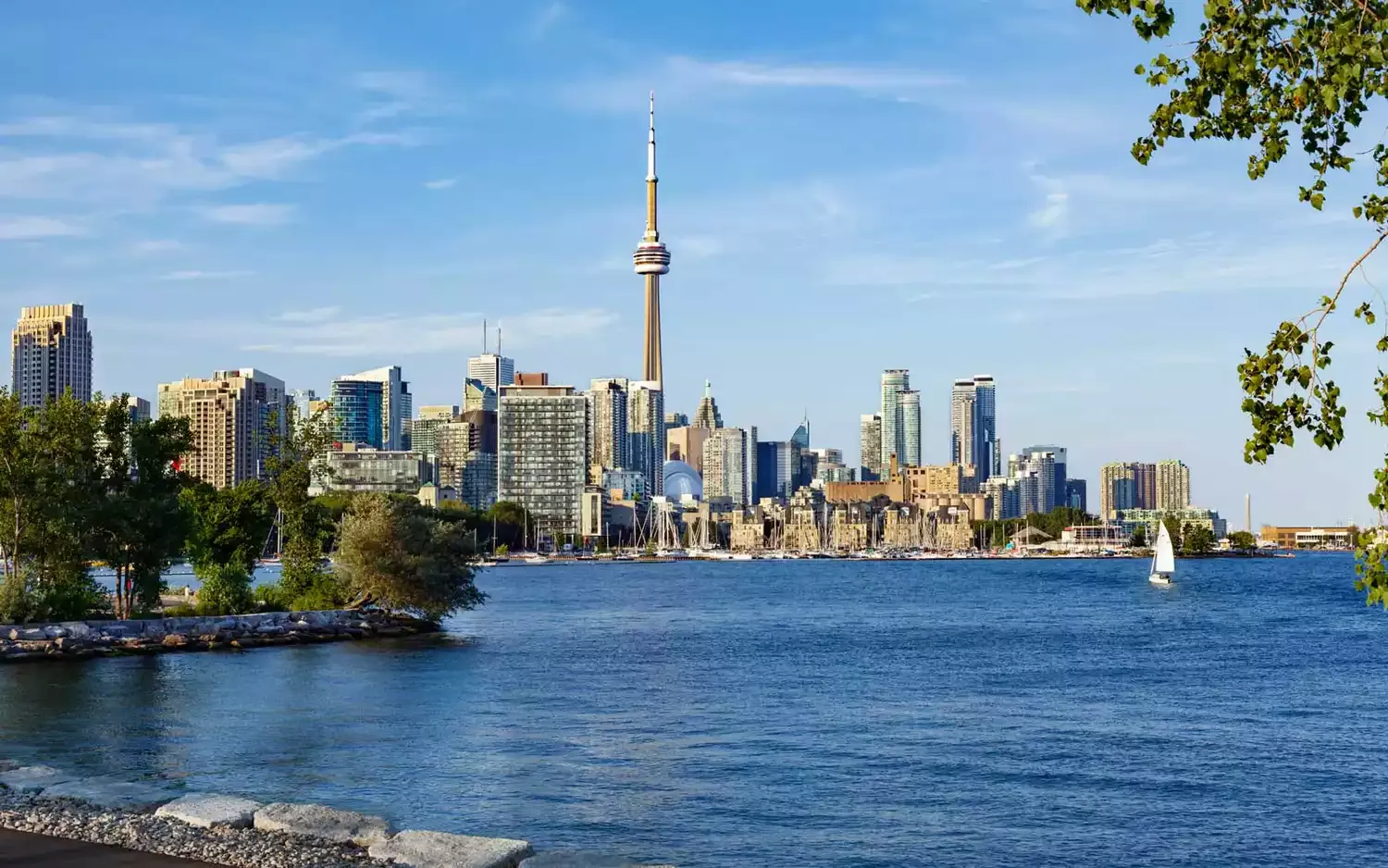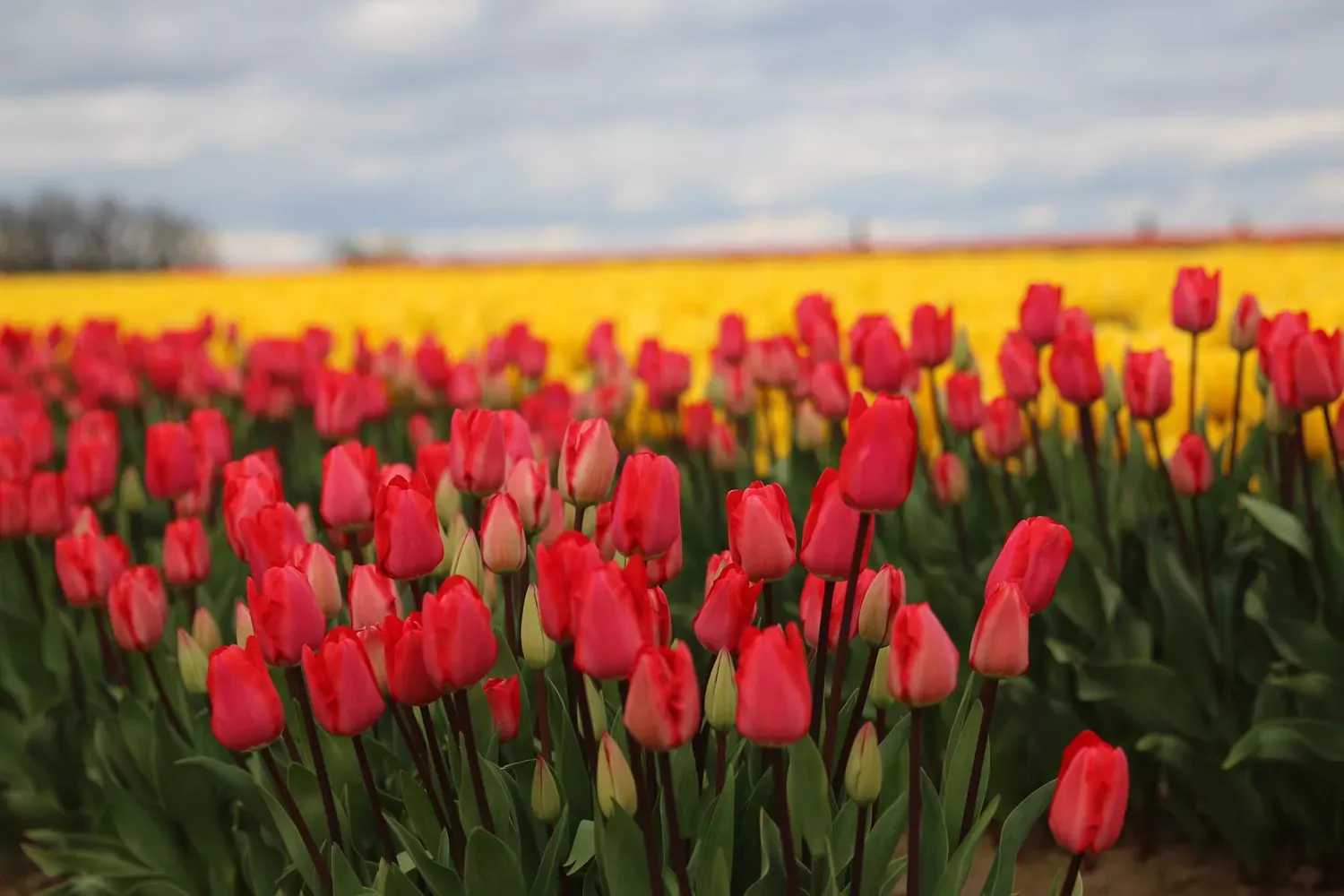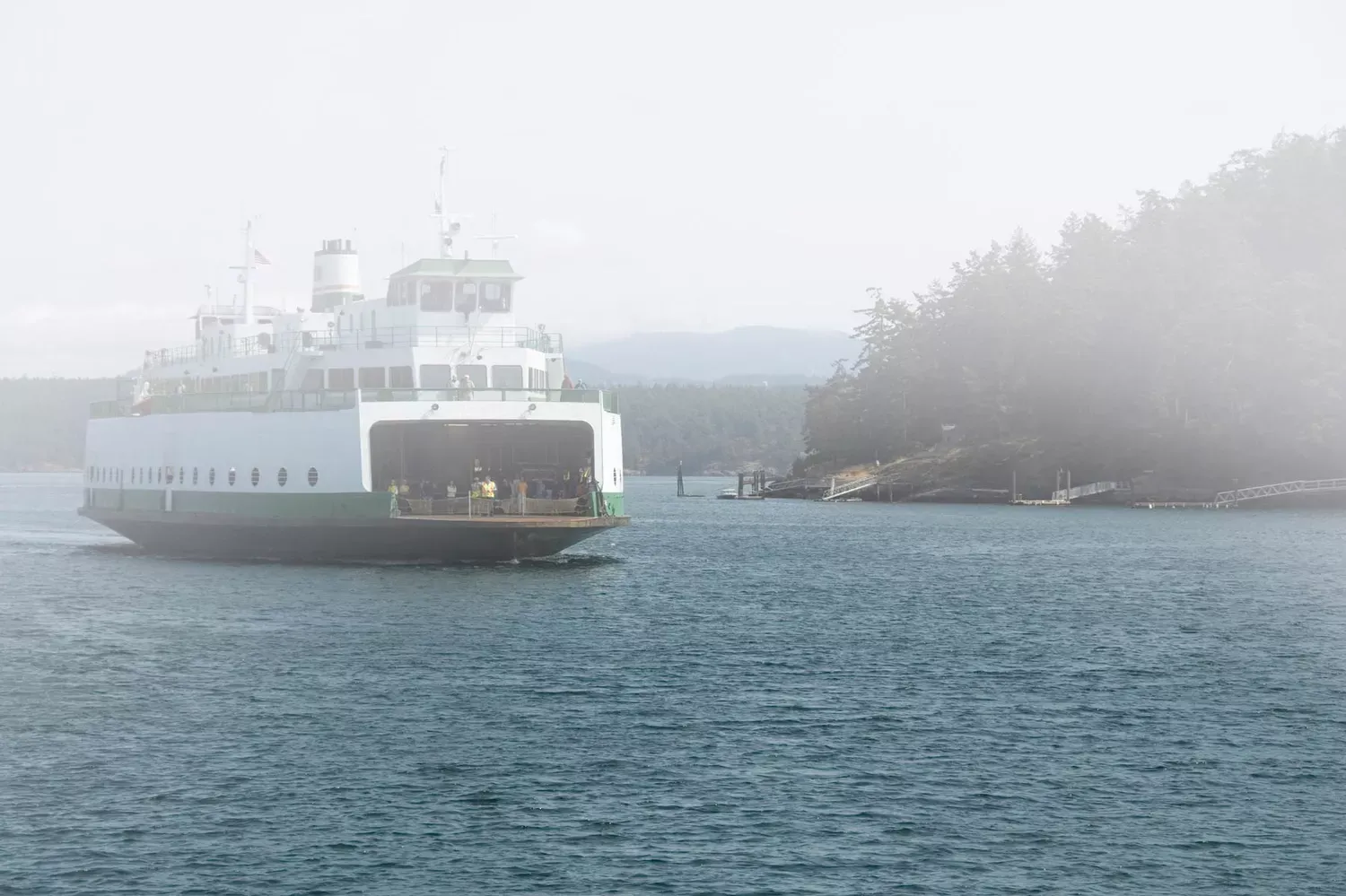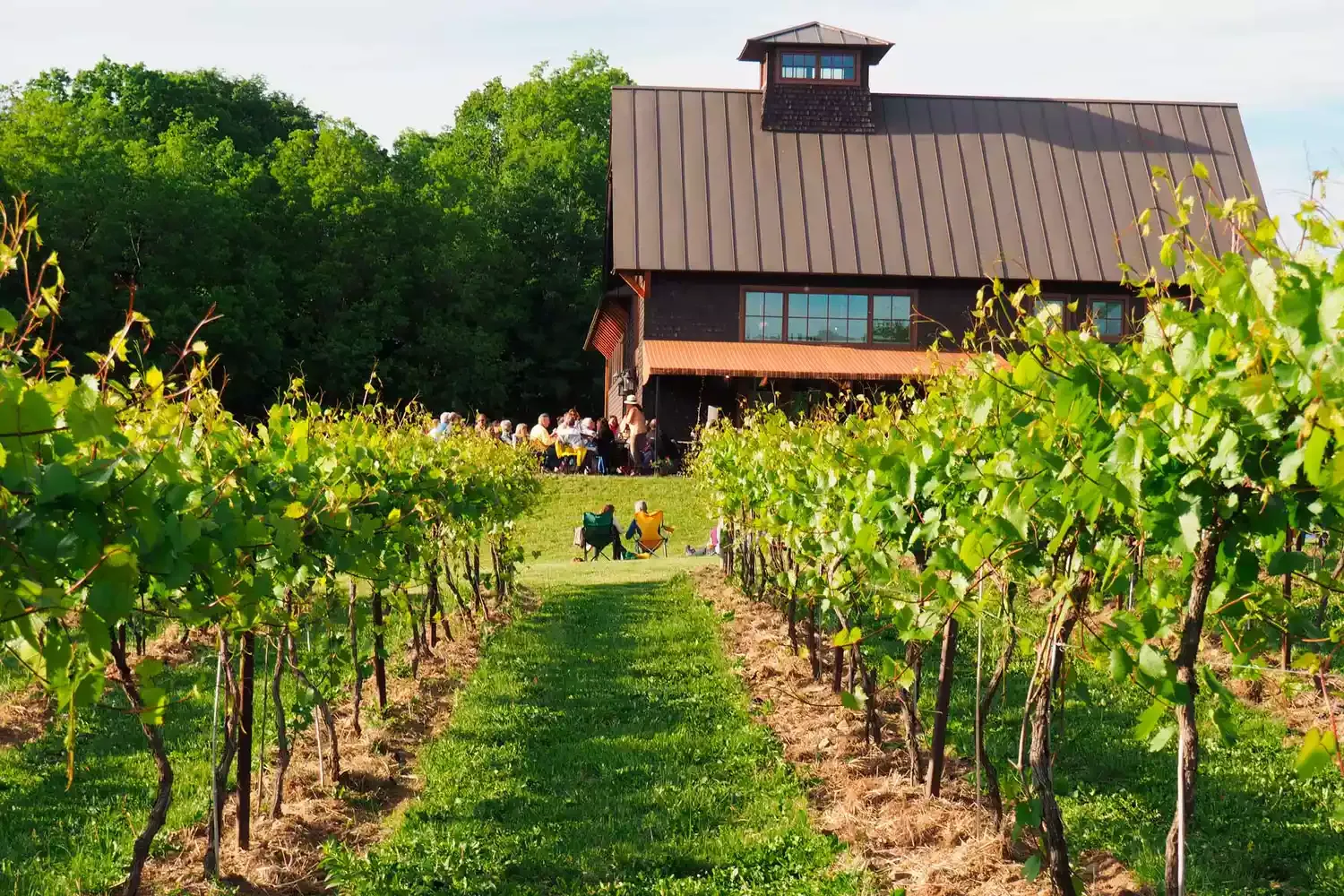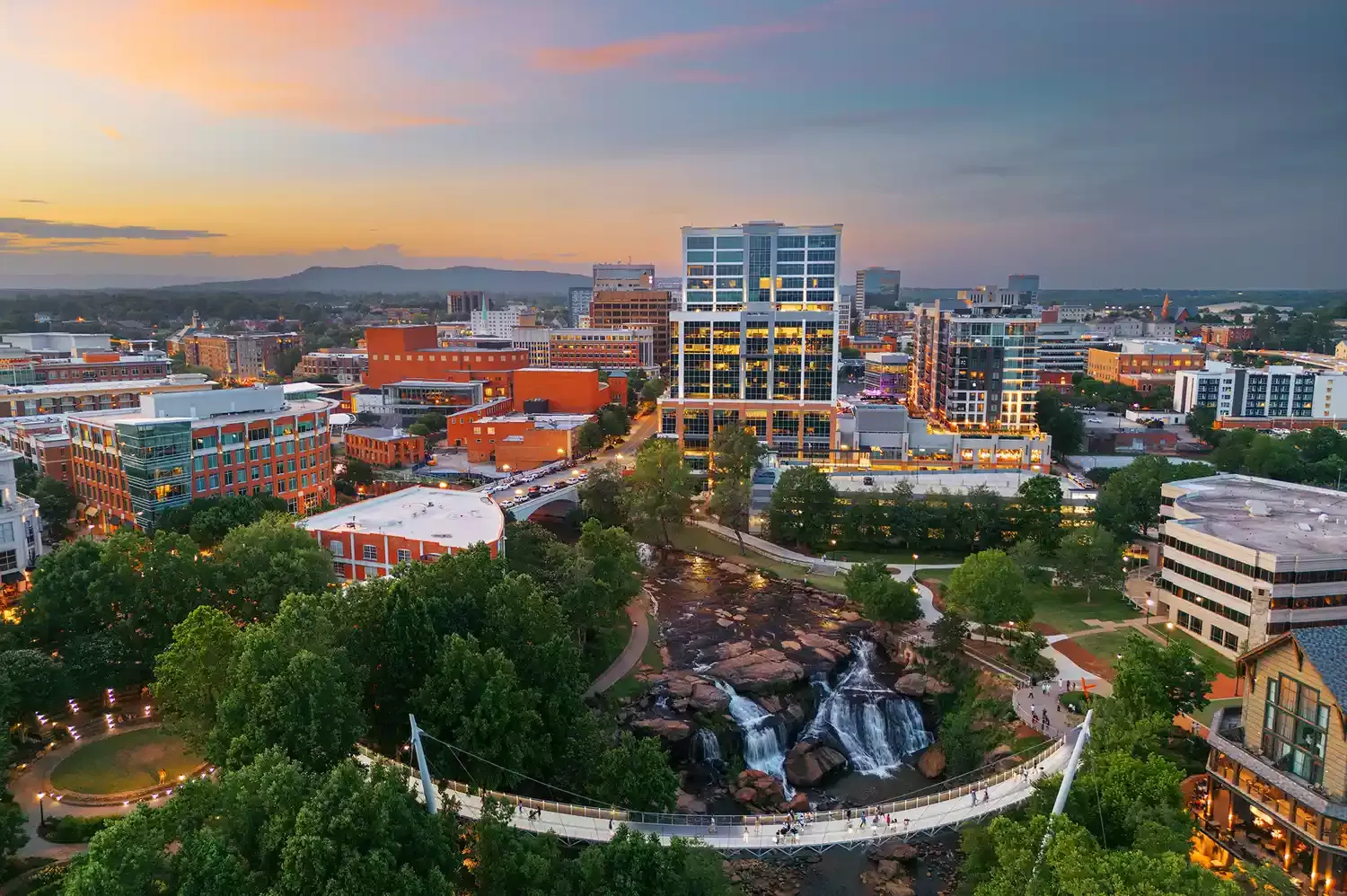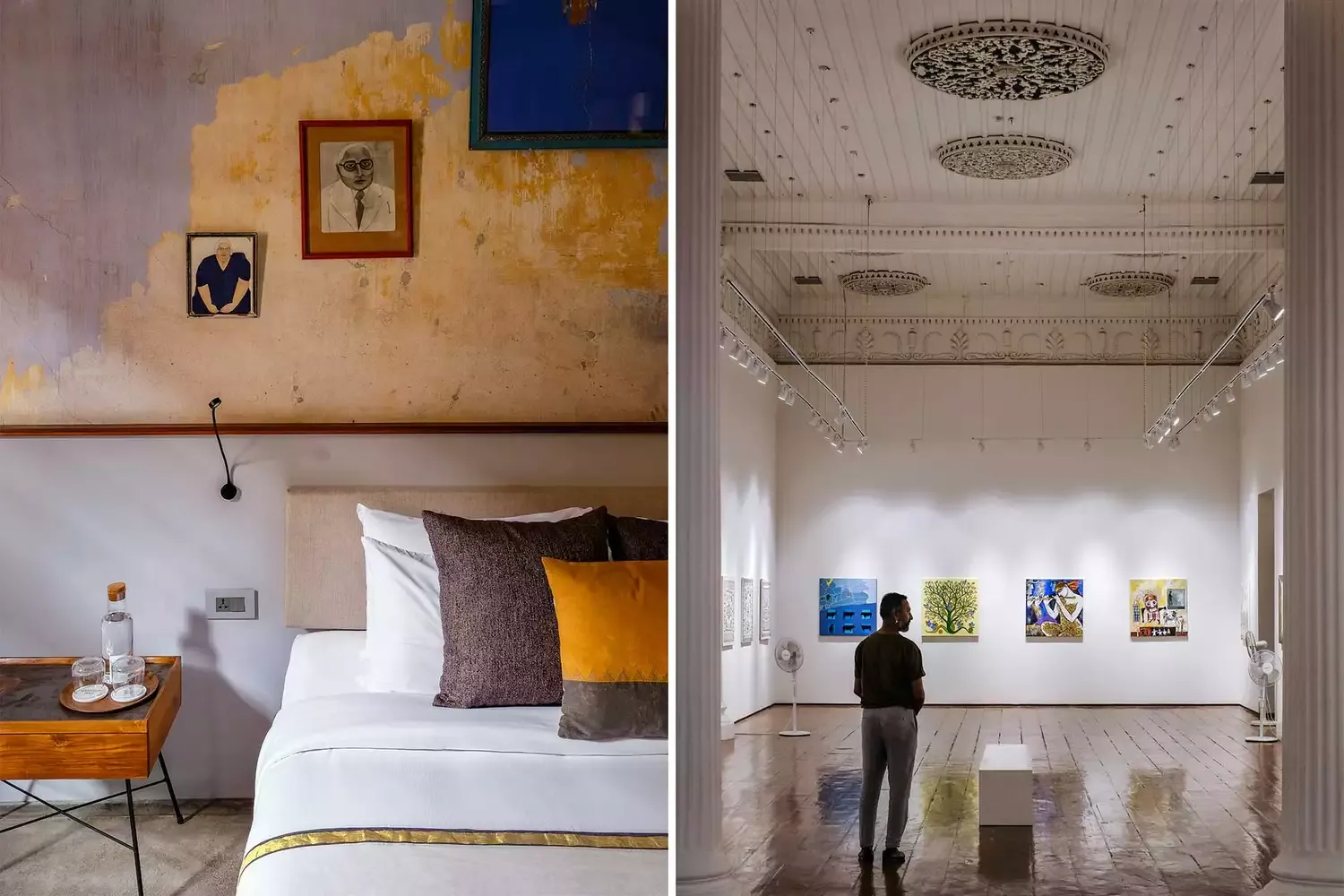
Kochi's transformation into an art hub hinges on the Kochi-Muziris Biennale. This international exhibition, showcasing contemporary art from across the globe, injected vibrancy and a global spotlight. Low rent warehouse spaces transformed into studios, attracting artists, collectors and curators. The Biennale fostered a thriving creative ecosystem, establishing Kochi as a vital centre for Indian art.
The Genesis: Kochi-Muziris Biennale
Undoubtedly, the single most significant catalyst for Kochi's art scene is the Kochi-Muziris Biennale. Established in 2012, this international exhibition of contemporary art, held every two years, has injected a tremendous dose of creativity and visibility into the city. The Biennale’s ambitious scale, its focus on showcasing both established and emerging artists, and its commitment to engaging with local communities have all contributed to its success. The event not only draws a global audience but also fosters a dialogue between international and local artistic practices.
The Biennale cleverly utilizes the city's existing architectural fabric. Historic warehouses, dilapidated buildings, and public spaces are repurposed into exhibition venues, adding a layer of intrigue and historical context to the artworks on display. This adaptive reuse of spaces has also spurred a revival of certain areas of the city, attracting businesses and further contributing to Kochi's cultural vibrancy.
A Thriving Ecosystem of Galleries and Studios
The success of the Biennale has had a ripple effect, fostering a vibrant ecosystem of art galleries and artist studios across Kochi. Numerous galleries have sprung up, representing a diverse range of artistic styles and mediums. These galleries provide platforms for local artists to showcase their work, connect with collectors, and gain recognition. Furthermore, the increased interest in art has led to the establishment of numerous artist studios, providing spaces for experimentation, collaboration, and mentorship. This thriving ecosystem ensures a continuous flow of artistic talent and innovation.
Many of these galleries are actively engaged in promoting Indian contemporary art on a global stage, participating in international art fairs and collaborating with international institutions. This proactive approach has further cemented Kochi's position as a significant player in the global art world.
Government Support and Cultural Patronage
The Kerala state government has played a crucial role in supporting Kochi's burgeoning art scene. Recognizing the cultural and economic benefits of the arts, the government has provided funding for the Biennale, as well as other artistic initiatives. Furthermore, the government's efforts to promote tourism and cultural heritage have indirectly benefited the art scene by attracting visitors to the city.
Private patronage has also been instrumental in shaping Kochi's art landscape. Wealthy individuals and corporations have invested in art galleries, commissioned public artworks, and supported artist residencies. This private investment has provided vital resources for artists and cultural institutions, further fueling the growth of the art scene.
The City's Unique Cultural Identity
Kochi's unique cultural identity, shaped by centuries of trade and cultural exchange, provides a fertile ground for artistic expression. The city's diverse population, its rich history, and its stunning natural beauty all serve as inspiration for artists working in various mediums. The city’s openness to new ideas and its appreciation for cultural diversity have created a welcoming environment for artists from all backgrounds.
The influence of various cultures – Portuguese, Dutch, British, Jewish, and Chinese – is evident in Kochi's architecture, cuisine, and art. This melting pot of influences has resulted in a unique artistic sensibility that is both global and local.
Comparative Analysis of Art Capitals in India
While Kochi has emerged as a prominent contemporary art center, it's crucial to understand its position relative to other significant art hubs in India. The following table offers a comparative analysis:
City |
Key Strengths |
Challenges |
Signature Characteristic |
|---|
Kochi |
Kochi-Muziris Biennale, thriving gallery scene, government support, unique cultural identity |
Maintaining the Biennale's momentum, ensuring long-term financial sustainability for artists and galleries, infrastructure limitations |
International contemporary art focus with strong local engagement |
Mumbai |
Established gallery scene, strong collector base, commercial art market, proximity to Bollywood |
High real estate costs, competition, saturation of the market |
Commercial art and Bollywood influence |
Delhi |
Government patronage, national institutions, historical and political themes in art |
Bureaucracy, pollution, security concerns |
Art with historical and political narratives |
Kolkata |
Rich artistic heritage, focus on traditional and modern art, strong academic institutions |
Lack of funding, infrastructure challenges, aging artistic community |
Blend of traditional and modern art forms |
Looking Ahead: The Future of Art in Kochi
Kochi's journey to becoming an art capital is an ongoing process. To sustain its momentum, the city needs to address several key challenges. These include ensuring the long-term financial sustainability of the Biennale, providing affordable studio spaces for artists, and investing in infrastructure to support the growing art community. Encouraging art education and fostering greater public engagement with art are also crucial for the continued growth of the art scene.
By continuing to nurture its unique cultural identity and embrace innovation, Kochi is well-positioned to solidify its place as one of India's leading contemporary art destinations, attracting both national and international attention for years to come. The city's transformation serves as an inspiring example of how art can revitalize communities and contribute to economic and cultural growth.



